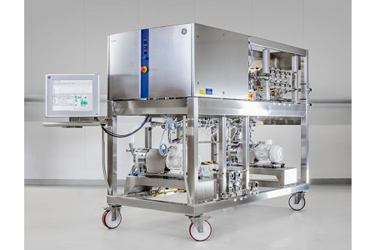Interesting Facts High Performance Liquid Chromatography
HPLC is a Chromatographic technique used to separate a combination of compounds. HPLC is also utilized in analytical chemistry and biochemistry to measure in addition to identify and purify individual components of a mixture. This uses various stationary phase types which then moves analyze and cellular phases through columns and a sensor offers characteristic retention time. Additional information concerning the analyze may also be supplied by the detector. Liquid chromatography utilizes smaller size columns and smaller media in the columns in addition to increased cellular phase pressures. Rather than gravity a pump generates high pressure required to move the analyze and mobile phase through the thickly packed column. Smaller particles sizes increase the density that allows for separation in columns using a shorter length compared to regular column chromatography.
A small amount of this Sample that should be examined is introduced into the flow of the mobile phase. After the column is at a predetermined period the solution going through the column is slowed down by specified chemical and physical interactions. The nature of the sample will depend on the speed of the solution in addition to about the compositions of the stationary phase. Retention time is the time it takes the sample to come out in the end of the column and this retention time explains the characteristics of the sample under specific conditions. Salts or buffers may be found in the water that assists the separation of chemicals or sample bits and in turn serves as an pairing ion broker such as trifluoroacetic acid. Another refinement of HPLC through the analysis is to change the mobile phase composition and gradient. For reversed chromatography the normal gradient may start at five percent progress linearly and methanol around fifty per cent methanol over a span of twenty five minutes.

Chromatography, of course, is any number of Methods used to separate mixtures to be able to provide quantitative and qualitative information on their composition, concentration and physical attributes. The mix is dissolved in a mobile phase that is then passed through a stationary phase that is inside of a column. This separation process is like the process which happens during a liquid to liquid extraction that the only difference is that this procedure is not step wise but constant. The nature of the sample and the pillar will be based on the choice of solvents, gradients and additives. The sample is tested in addition to numerous trial runs are done in order to specify the HPLC method that will create the ideal peak separation. what is hplc The HPLC was developed by chemists. The NP HPLC was made redundant in the late 70’s because of the lack of reproducibility retention period and replaced with HPLC.
